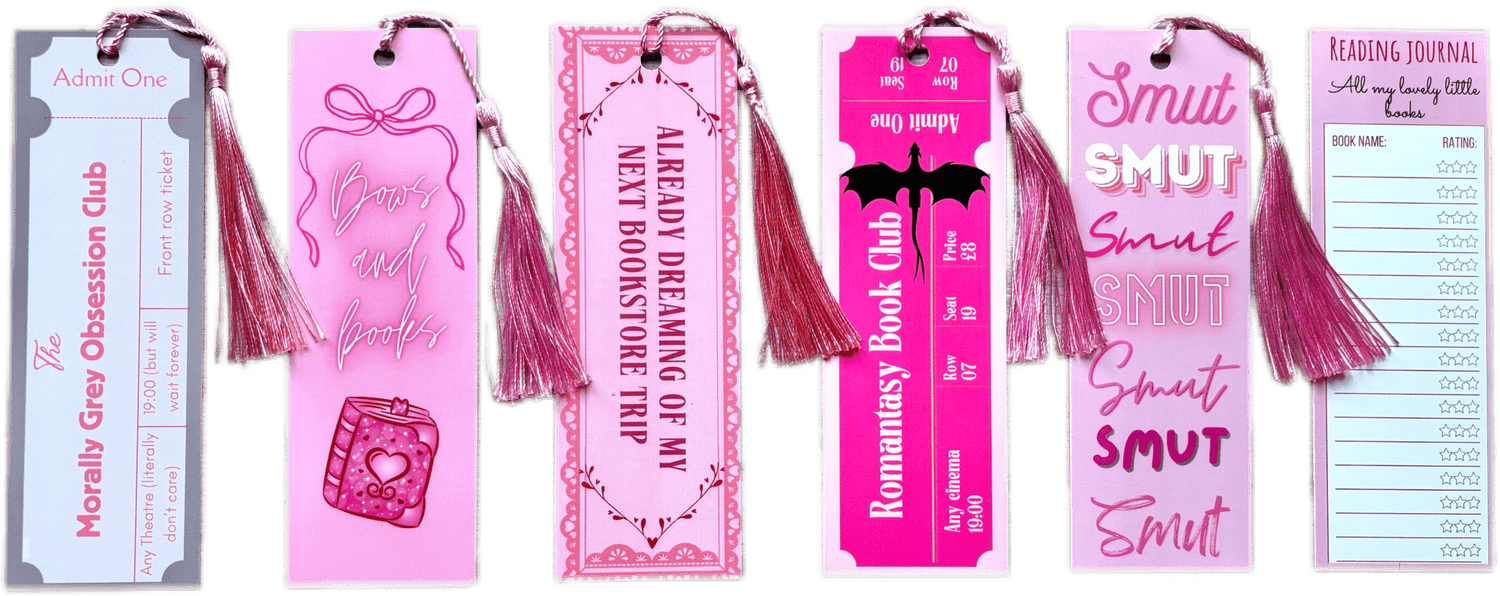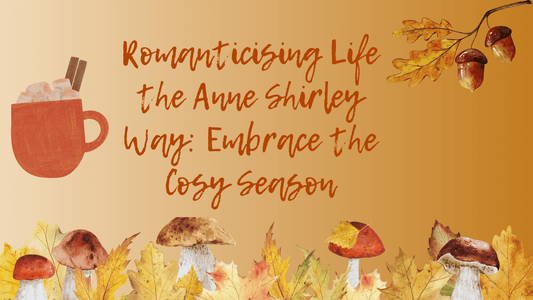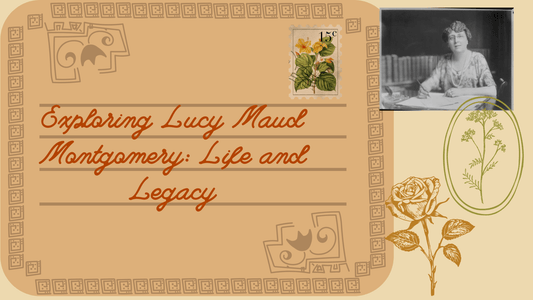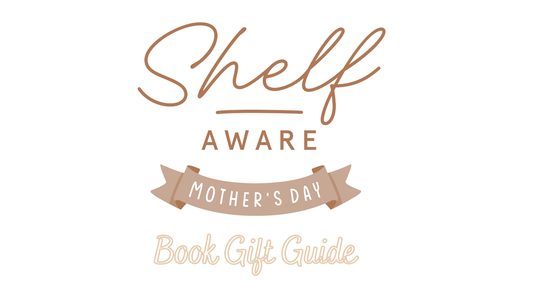Why I Keep Coming Back to A Christmas Carol
There’s something about Charles Dickens' A Christmas Carol that never gets old. I’ve read it more times than I can count, taught it in classrooms (always a festive highlight!), and still get a little emotional every time Scrooge wakes up on Christmas morning with a second chance. Charles Dickens really knew how to mix a heartfelt story with a powerful message and honestly, it’s one of my favourite things to revisit every December. We visited the Charles Dickens Museum in London last year and we were captivated by its Victorian charm.
Written in 1843, this novella still speaks to us today. The snowy London setting, the ghostly visits, the big emotional transformation...it all comes together to remind us of what really matters: kindness, connection, and a bit of Christmas magic. Whether you're re-reading it or discovering it for the first time, this story just wraps around you like a warm blanket.
Let’s dive into why I love it so much...the unforgettable characters, the themes that make it timeless, and that feel-good ending that makes you want to be a better human.
Meet the Characters That Make It Magic
Ebenezer Scrooge (Yes, He Does Deserve a Hug in the End)
Ah, Scrooge. Grumpy, stingy, and generally awful at the start, but what a character arc! He’s the kind of person we’ve all probably met: obsessed with money, allergic to joy, and totally out of touch with people around him.
But here’s why I love teaching A Christmas Carol. Scrooge isn’t a villain. He’s a reminder that people can change, no matter how stuck in their ways they seem. His transformation from miser to merry man is one of the best in all of literature, and it never fails to make me smile. (And yes, I tear up a little when he buys the turkey after witnessing the Cratchit's dinner.)
Bob Cratchit: The Kindest Soul in Fiction
Bob Cratchit deserves more credit. He’s working all hours, earning barely anything, yet he still goes home with a smile for his family and a toast on Christmas Day—even to Scrooge, of all people! He’s the heart of the working class in the story (a microcosm if you're feeling fancy), showing quiet strength and love despite life being tough. And let’s be honest, the Cratchit household may not have much, but it’s full of warmth and joy. It’s Bob’s character that really shines a light on what Christmas is all about: being together and being grateful. The Cratchit's Christmas Dinner in Stave Three intensifies the poverty and suffering of this family but with one clear message: gratitude, and this awakens something in Scrooge...a strange feeling...empathy.

Jacob Marley: Creepy, But Necessary
Okay, Marley used to give my students nightmares and don't get me started on the mahoosive jump-scare in the Jim Carey version. He’s rattling chains, groaning dramatically, and floating through doors. What’s not to love?
More than just a scary ghost, he’s also a massive wake-up call for Scrooge (and for us too). His warning is what kicks everything into motion, and I always appreciated how Dickens made him both terrifying and sad. It’s like he’s saying, “Look what happens if you mess it all up—but maybe you don’t have to.”
The Ghosts of Christmas (Spooky and Brilliant)
Every single one of the three spirits is memorable in their own way. The Ghost of Christmas Past brings such a bittersweet tone...those childhood scenes always get me. The Present is big, jolly, and full of life, literally embodying Christmas and the iconic and powerful scene in which he sits on a throne of food to represent the abundance and greed of the upper class. The Ghost of Yet to Come is… well, terrifying. And it's meant to be. Powerfully silent, death is upon Scrooge. These spirits do such a clever job of pushing Scrooge (and us) to reflect. It’s storytelling at its best—ghosts with purpose! FUN FACT: the Victorians loved telling ghost stories on Christmas Eve, so Dickens decided to lean into interests and superstitions of his audience to create a successful Christmas novella (short novel).
Tiny Tim: The Brightest Star
Can we talk about Tiny Tim? He’s the ultimate little symbol of hope. He’s sick, struggling, and still manages to say, “God bless us, every one!” with a smile. That one line carries so much warmth and perfectly captures the whole spirit of the book. Honestly, it’s Tiny Tim who really shows Scrooge (and us) what's at stake. He’s why we care so much about what happens. He’s tiny but a mighty character and again represents the suffering of the poor and the "surplus population" that Scrooge says might as well die to decrease it. Scrooge, upon seeing Tiny Tim, begs the ghost to confirm that Tiny Tim will live- finally caring about someone else.
Big Feelings and Even Bigger Messages
It’s All About Second Chances
The theme of redemption runs all the way through A Christmas Carol, and it’s one of the things I love most. I used to jump for joy when it came up as the GCSE question in the summer exams because there is SO much to talk about. Scrooge is proof that it’s never too late to change—no matter how grouchy or grumpy you’ve been. Dickens gives us hope, not just for Scrooge, but for ourselves too. It’s the kind of message that sticks with you long after the tinsel’s been packed away. The "solitary as oyster" miser has become as "merry as a schoolboy", reflecting the circular journey he has been on.
Family, Friendship, and Community
There’s a warmth in this story that goes beyond Christmas. Whether it’s the Cratchits gathered around the fire or Fred inviting Scrooge over (again) despite getting rejected every year, there’s this strong thread of community. Dickens shows us that joy doesn’t come from money—it comes from people.
Dickens Had a Lot to Say (And He Wasn’t Wrong)
It’s wild how relevant A Christmas Carol still feels. Dickens was taking a pretty strong jab at the industrial world and the way the poor were treated. Through Scrooge and his dismissive attitude, he forces us to ask ourselves some uncomfortable questions about generosity, greed, and how society treats its most vulnerable.
(And he managed to do all this while still writing something magical. Now that’s talent.)
Don’t Forget the Joy!
Beneath all the messages, there’s just something fun and heartwarming about this book. It’s full of food, dancing, laughter, and singing. Dickens practically invented the modern idea of Christmas, and reading this story feels like jumping straight into a festive snow globe.
Why A Christmas Carol Still Matters
There’s a reason this little novella keeps getting adapted and loved year after year. It’s not just about ghosts and Christmas dinners...it’s about change, kindness, and hope. As a teacher, reader, and general Christmas enthusiast, I always come back to this story for a reason. It reminds us to be better—not just for one day, but all year round "I will honour Christmas in my heart and try to keep it all the year..." and honestly, in a world that often feels rushed and disconnected, a reminder like that feels pretty magical.

One Last Thing (and a Little Something Scented…)
If you’re a fellow A Christmas Carol fan, you might love my handmade wax melts inspired by Charles Dickens—including this very story. They're cosy, nostalgic, and perfect for curling up with a book by the fire. Pop one on while reading or watching your favourite version of A Christmas Carol—and let the festive vibes take over. Check out our best selling gift box and send the ultimate gift for a book lover.











